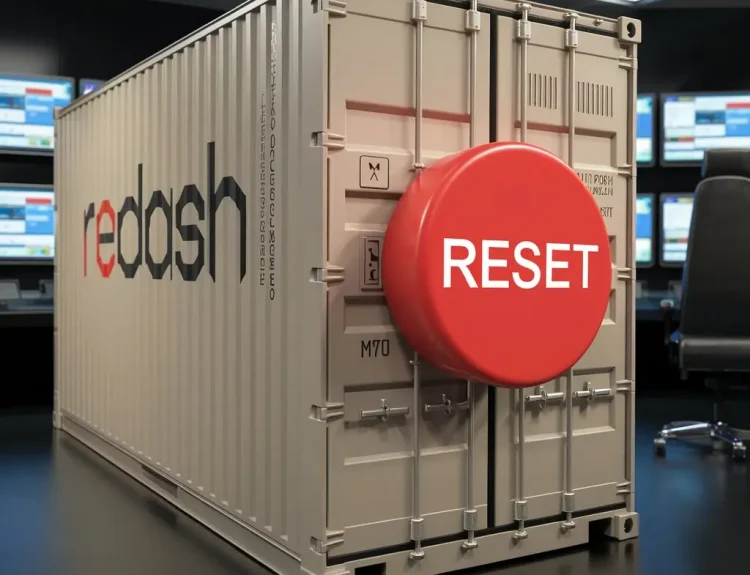Io, one of Jupiter’s moons, undergoes an intense phenomenon called tidal heating. This process occurs primarily due to the gravitational forces exerted by Jupiter. Understanding tidal heating helps explain Io’s volcanic activity, its molten interior, and its dynamic surface. Let’s break down the cause of this unique process and explore how it impacts Io.
The Role of Jupiter’s Gravity
Io is caught in a powerful gravitational tug-of-war with Jupiter. Jupiter is the largest planet in the solar system, and its massive gravity pulls Io with incredible force. This gravitational interaction between Jupiter and Io stretches and compresses Io. These constant distortions cause friction within Io’s core, generating heat.
The Importance of Orbital Eccentricity
Io’s orbit isn’t perfectly circular. Instead, it’s elliptical or eccentric. This eccentric orbit means that the distance between Io and Jupiter changes as Io travels around the planet. When Io is closer to Jupiter, the gravitational pull is stronger. When Io is farther away, the pull weakens. This varying gravitational force contributes to the stretching and squeezing of Io, further increasing internal friction and heat.
The Influence of Neighboring Moons
In addition to Jupiter, Io experiences gravitational pulls from its neighboring moons, Europa and Ganymede. These moons tug on Io in different directions, enhancing the tidal forces already present due to Jupiter. Europa and Ganymede’s influence keeps Io’s orbit eccentric, preventing it from settling into a stable, circular orbit. This continual gravitational interaction between the moons also contributes to tidal heating.
Friction Generates Heat
The continuous stretching and squeezing of Io generate internal friction. As Io’s rocky interior moves against itself, the friction produces heat. This heat builds up over time, making Io one of the most geologically active bodies in the solar system. The intense internal heat created by this friction is released through Io’s numerous volcanoes, some of which are the most active in the solar system.
Volcanoes and Tidal Heating
Io’s surface is covered with active volcanoes that are fueled by the tidal heating process. The molten material from its interior escapes through these volcanoes, creating a constantly changing landscape. Unlike Earth’s volcanoes, which are driven by plate tectonics, Io’s volcanoes are directly powered by the heat generated from tidal forces. This heat is not only responsible for the volcanic activity but also for the moon’s thin atmosphere, which is composed mainly of sulfur dioxide released from volcanic eruptions.
Io’s Interior Remains Molten
The internal heat generated by tidal heating keeps Io’s interior molten. Most of Io’s core is believed to be made of iron and sulfur, surrounded by molten rock. This constant flow of heat prevents Io from cooling down and solidifying like many other moons. Io’s hot interior is responsible for its frequent and dramatic volcanic eruptions, which release energy built up from the tidal heating process.
Energy Transfer and Surface Impact
The energy generated by tidal heating doesn’t only stay within Io’s core. It has a noticeable effect on the moon’s surface. Io’s surface constantly changes due to volcanic eruptions, and new lava flows frequently cover old craters. This constant resurfacing creates a young and vibrant landscape. The heat from Io’s core rises to the surface, fueling ongoing volcanic activity and altering the surface of the moon.
Comparison with Other Moons
Io isn’t the only celestial body that experiences tidal heating. Europa and Ganymede, two of Jupiter’s other moons, also experience this phenomenon, although to a lesser extent. Europa’s tidal heating contributes to its subsurface ocean, while Ganymede’s tidal forces are weaker due to its more distant orbit from Jupiter. What makes Io unique is its proximity to Jupiter and its highly eccentric orbit, which causes much more intense tidal forces.
The Impact on Io’s Atmosphere
Tidal heating also affects Io’s thin atmosphere. When volcanic eruptions occur, they release gases such as sulfur dioxide into the atmosphere. The heat generated from Io’s interior helps maintain this atmosphere, even though it is extremely thin compared to planets like Earth. However, Io’s atmosphere is continually stripped away by Jupiter’s powerful magnetosphere. The constant volcanic activity replenishes the gases, keeping the atmosphere in a delicate balance.
Why Io’s Tidal Heating is Significant
Io’s tidal heating offers valuable insights into planetary science. It provides a natural laboratory for studying the effects of gravitational interactions on celestial bodies. By understanding how tidal heating works on Io, scientists can apply these concepts to other moons and exoplanets that may experience similar processes. Tidal heating is a critical factor in shaping the geological and atmospheric characteristics of these bodies.
Io and Potential Habitability
While Io is extremely volcanic and inhospitable to life as we know it, tidal heating may play a crucial role in the habitability of other moons. For example, Europa’s tidal heating helps maintain a liquid water ocean beneath its icy surface. This ocean may harbor life. Although Io itself doesn’t support life, studying its tidal heating can help scientists understand how similar processes might support life elsewhere in the solar system.
Future Exploration of Io
Io has been a target of interest for many space missions. NASA’s Galileo spacecraft provided much of the data we have today about Io’s volcanic activity and tidal heating. Future missions, such as the European Space Agency’s JUICE (JUpiter ICy moons Explorer) mission and NASA’s Europa Clipper mission, may provide more insights into the gravitational interactions between Jupiter and its moons. While these missions are focused on Europa and Ganymede, the data collected will likely shed more light on Io’s tidal heating as well.
Tidal Heating in Other Star Systems
Tidal heating is not limited to moons in our solar system. Many exoplanets orbiting other stars may experience tidal heating due to gravitational forces from their parent star or nearby planets. This process could potentially affect the habitability of exoplanets by providing heat necessary for liquid water or by driving geological activity. Understanding tidal heating on Io helps astronomers predict conditions on these distant worlds.
Conclusion
Io experiences tidal heating primarily because of the gravitational interactions with Jupiter and its neighboring moons. These forces stretch and compress Io, generating internal friction that creates heat. The heat fuels Io’s active volcanoes, alters its surface, and affects its atmosphere. While other moons also experience tidal heating, Io’s unique combination of proximity to Jupiter, eccentric orbit, and interactions with nearby moons makes it the most geologically active body in the solar system. Tidal heating on Io provides valuable insights into planetary science, helping scientists understand similar processes on other moons and exoplanets.




